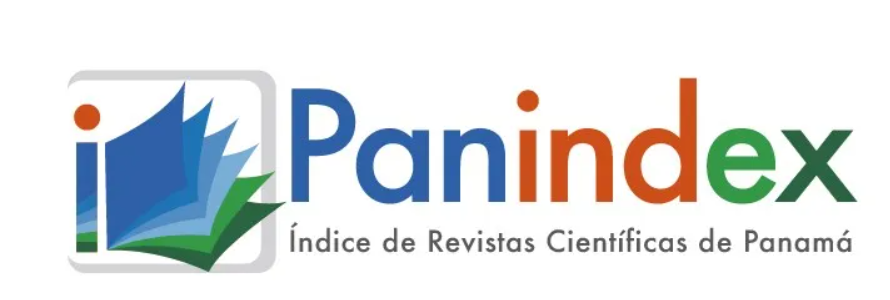The content of the publications and the links suggested in them are the sole responsibility of the authors and not of the METROPOLITAN UNIVERSITY OF EDUCATION, SCIENCE AND TECHNOLOGY (UMECIT) or CATHEDRA magazine. They are protected by international copyright laws just as the UMECIT and CATHEDRA logos, hence their reproduction is totally prohibited
This work is licensed under a Creative Commons Attribution-NonCommercial-NoDerivatives 4.0 International License.
The authors maintain the copyright and transfer the right of the first publication to the journal, with the article registered with Creative Commons Attribution-NonCommercial-NoDerivatives License, which allow others They can download the works published in this magazine and share them with other people, as long as their authorship is recognized, but they cannot be changed in any way nor can they be used commercially.
Authors are recommended to include their work in social networks such as Researchgate and institutional repositories once the article or visible fact has been published on the journal page, without forgetting to include the digital document identifier and the name of the journal.



Abstract
Speaking of the Panama Canal Labor Special Regime we can not think of a Latin American court regime because the labor regime that existed until 1200 h December 31, 1999 was of US tendency, in other words, the Panama Canal, from October 1, 1979, it was administered by a federal agency of the United States of America, which was called the Panama Canal Commission. ln the Labor Regime in the Panama Canal, individuals who work there are classified as officers and employees, the latter are classified as trusted workers and workers. Most employees are divided into six (6) bargaining units workers.
References
Estatuto de Relaciones Obrero-Patronal del Servicio Federal de los Estados Unidos de
América ("U.S. Federal Service Labor-Management Relation Statute").
Ley Orgánica de laAutoridad del Canal de Panamá (Ley No.19 de 11 de junio de 1997).
Reglamento de Relaciones Laborales de la ACP (Acuerdo No.1 8 de 1 de julio de 1999
de la JD-ACP).
Sentencia de la Corte Suprema de Justicia de 12 de diciembre de 2003 de la Sala
Tercera - De lo Contencioso, Administrativo y Laboral.
Sentencia de la Corte Suprema de Justicia de 15 de noviembre de 2006 de la Sala
Tercera - De lo Contencioso, Administrativo y Laboral.
Resolución No.1/CER de la JRL-ACP de 13 de noviembre de 2000.
Resolución No.2/CER de la JRL-ACP de 8 de noviembre de 2000.
Resolución No.3/CER de la JRL-ACP de 16 de noviembre de 2000.
Resolución No.6/CER de la JRL-ACP de 6 de diciembre de 2000.
Resolución No.7/CER de la JRL-ACP de 6 de diciembre de 2000.
Resolución No.8/CER de la JRL-ACP de 19 de diciembre de 2000.
Resolución No.9/CER de la JRL-ACP de 19 de diciembre de 2000.
Resolución No.10/CER de la JRL-ACP de 19 de diciembre de 2000.
Resolución No.18/CER de la JRL-ACP de 30 de noviembre de 2007.
Resolución No.6/CER-UN de la JRL-ACP de 11 de septiembre de 2009.
Downloads
Publication Facts
Reviewer profiles N/A
Author statements
- Academic society
- Universidad Metropolitana de Educación, Ciencia y Tecnología
- Publisher
- Universidad Metropolitana de Educación, Ciencia y Tecnología

















